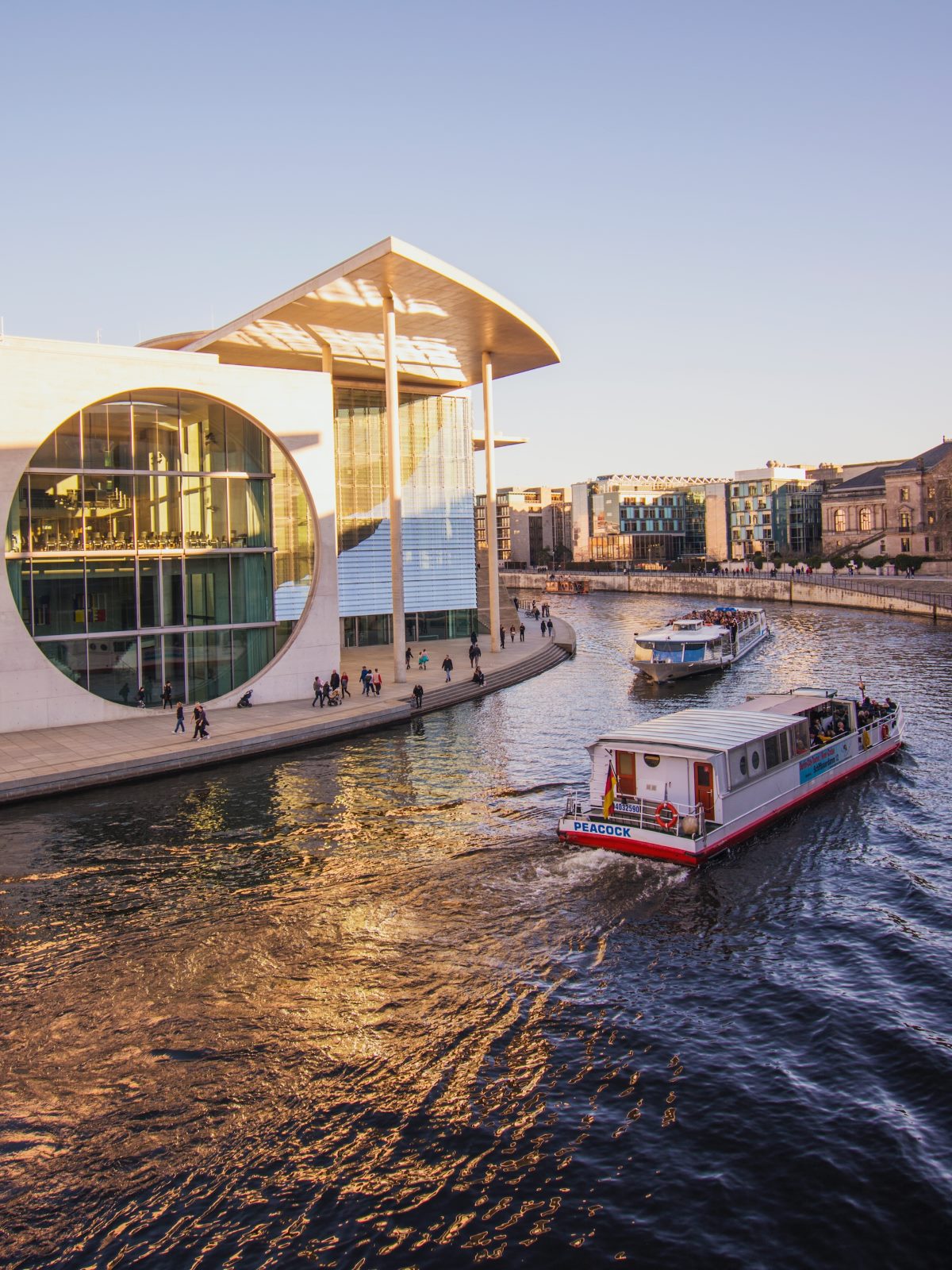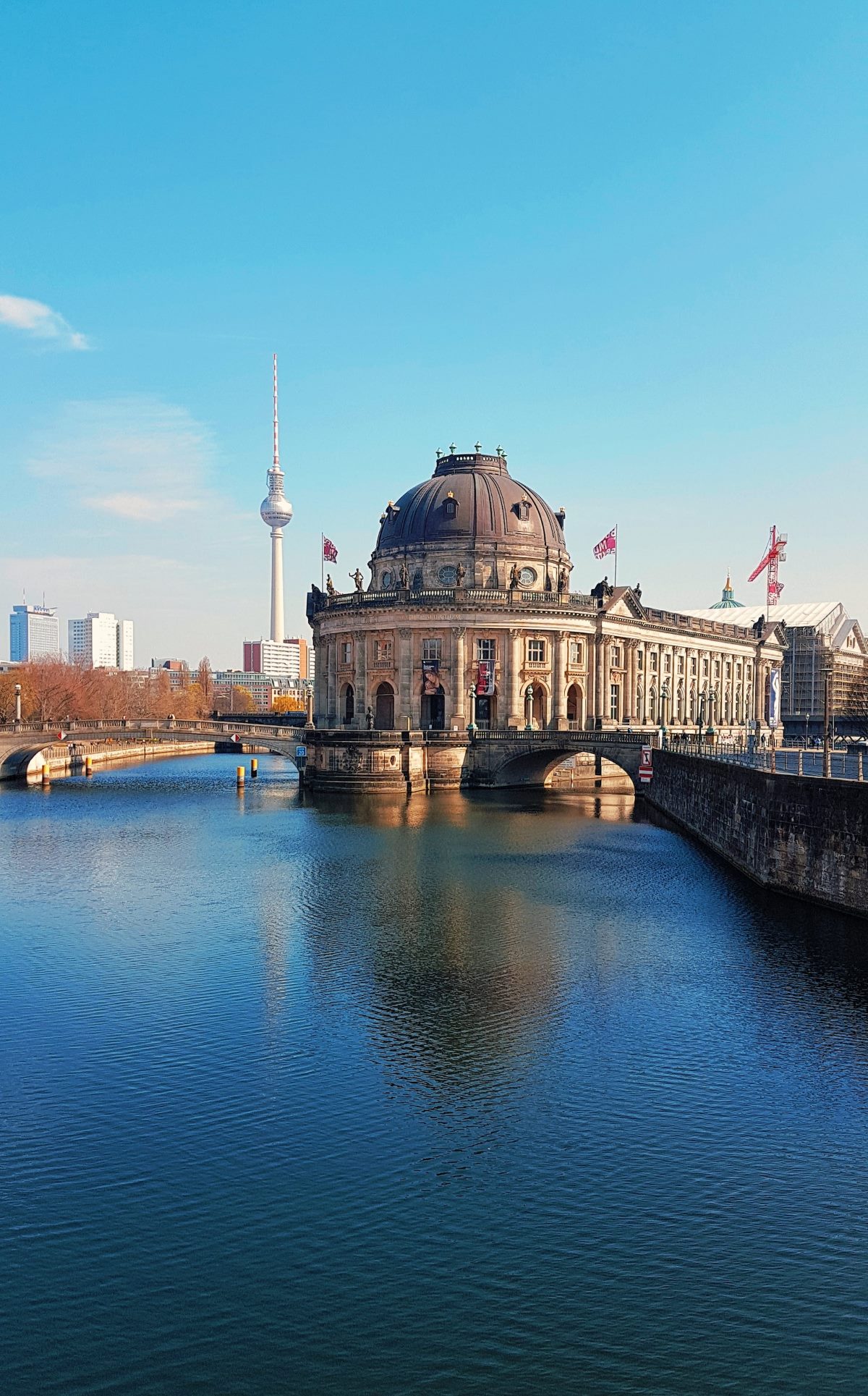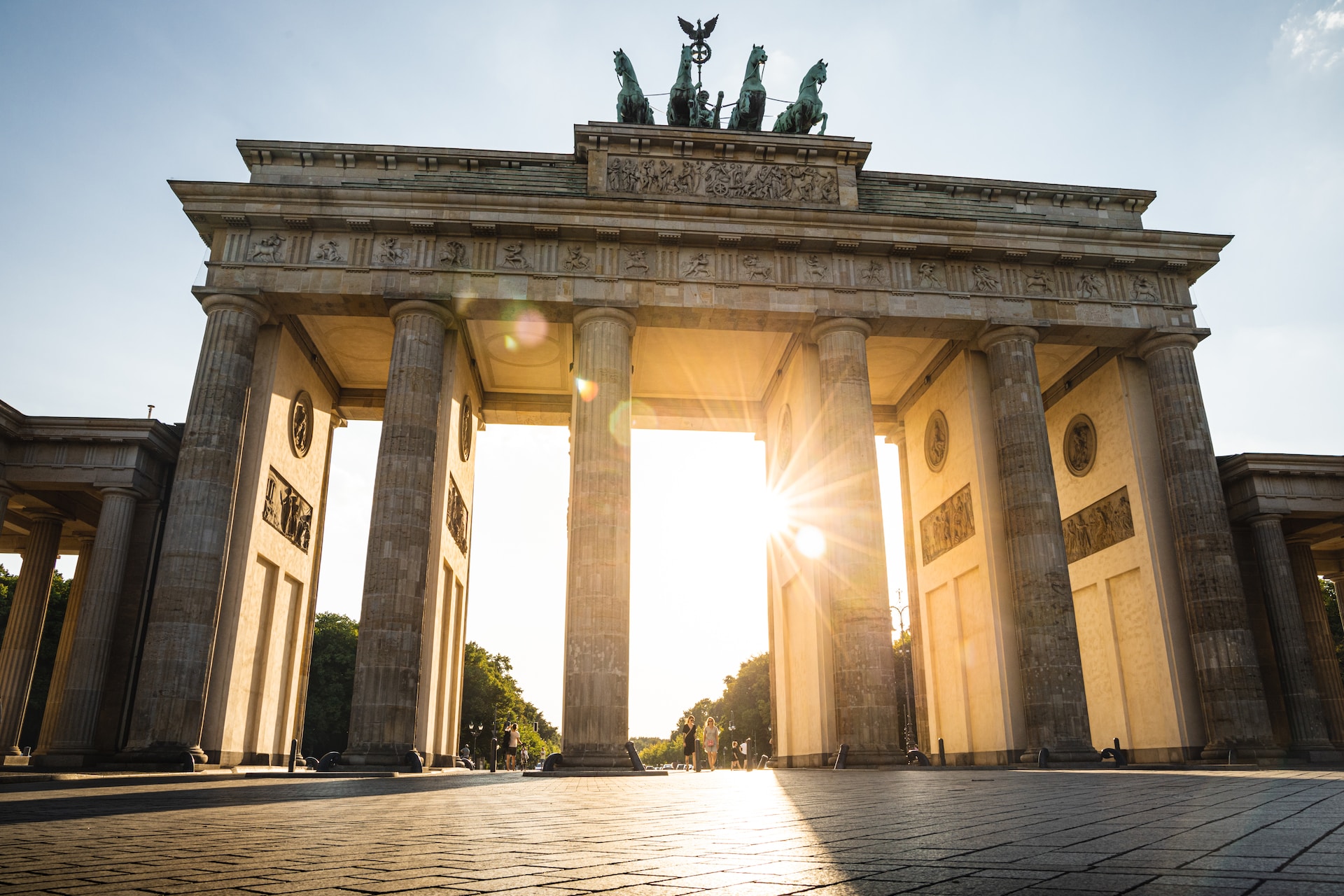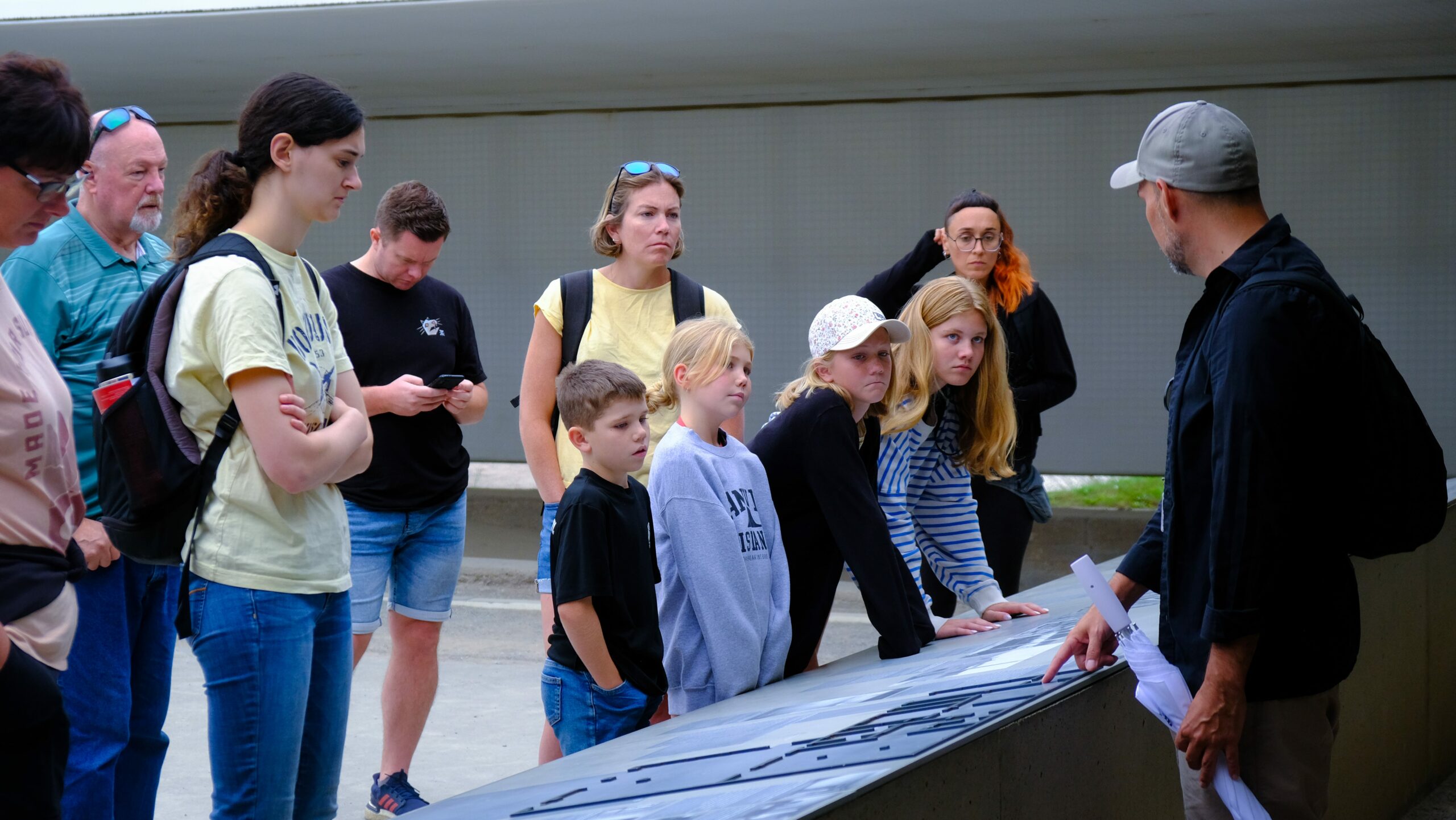The sightseeing of one’s destinations especially those with regards to the second world war is very much over powering and educating at the same moment. The Sachsenhausen Concentration Camp is one such camp that is near Berlin. If you are looking up for travelling and interested in knowing how far Berlin is from Sachsenhausen, then this blog will be of help with all the details given below.
The Location and Brief History of Sachsenhausen
Sachsenhausen Concentration Camp is located in Oranienburg, which is a small town in Germany and it is twenty-two miles, thirty five kilometers north from Berlin. It was one of the first camps constructed by the Nazis and the camp was used to play its part in the holocaust.
Sachsenhausen or also known as Sachsenhausen concentration camp which was formed in 1936, was in the start aim to hold political prisoners. But in course of years it planned for forced labor, medical experiments and genocide. It was also an example for the rest of the concentration camps and turned into an environment of violence and suffering during the war.
Distance and Transportation Options
The distance from Berlin to Sachsenhausen Concentration Camp can be traveled in several ways and that depend on the means of transport available for use:
1. Train
Sachsenhausen can be easily accessed from Berlin with the help of a train. The transport services are easily accessible with regular train services from Berlin Hauptbahnhof (main station) to Oranienburg that is the nearest town to the camp. It should take about half-an-hour to forty five minutes, depending with the means of transport which is the train in this particular case.
2. Car
Another option is to drive a car in Berlin and the still-existing A111 motorway you can use to reach Oranienburg. Again, the distance does not take more than 40-50 minutes in a car, and, of course, depending on the amount of traffic.
3. Guided Tours
In this case, one can take a tour where transport is usually provided from downtown Berlin to the Sachsenhausen Concentration Camp. That is, they offer guided explanations during the trip and help to better understand the role and importance of the camp.
Entry and Visit Information
This camp is available for tourists’ visits around the year though the following factors should be put in consideration:
- Visiting the camp is allowed for free.
- Stemming from various seasons, the former camp operates at different hours, and it is recommended to visit the camp’s website or contact it to get the latest on operations.
- At present, there are audio tours in many languages and speakers included descriptions of the various parts of the camp.
- The atmosphere at the camp is rather solemn; therefore, one should be mentally ready for such a visit and be sensitive to history of the place.
- It is advisable to wear comfortable footwear because this camp is large and there might be need to cover some distance on foot.
- What to Expect at Sachsenhausen Concentration Camp
- Sachsenhausen Concentration Camp is something that everyone visiting the place would never wish to experience, as it is a clear example of the cruelties of concentration camps. The historical part of the camp with preserved buildings, reconstructions of barracks, and modern memorials will give people an idea of the suffering that occurred in the past on the territory of the camp.
While you are there on your visit it may be interesting to visit the following places possibly for the following reasons:
1. Appellplatz
This is the roll call square: here the prisoners were exposed to the tedious roll call assemblies. Currently, it is a central place, from where you start and where is The Central Pavilion located.
2. The Tower and the Camp Entrance
The first part one can visit is the entrance that with the guard tower and the main iron door, on which is written “Arbeit Macht Frei” (Work Sets You Free). It is an ominous sign of the specious claims that were and are being given to people who entered this camp.
3. The Barracks
Move through the newly constructed barracks to know how suffocating and demoralizing prisoners’ life was. Some of the barracks have been adapted to accommodate exhibitions and other information related with the inmates’ prison life.
4. Execution Trench
Gloomy and highly charged emotionally the execution trench was the place from which many of the prisoners perished. It must remain an unforgettable symbol of suffering of the prisoners that were detained in that camp.
5. The Museum and Documentation Center
The said installations are designed to give a historical account, conceptual and general information relating to the actual camp and the lives of victims in the Holocaust. It is recommended for any person who would wish to learn more about some of the incidences that occurred.
A Solemn Reminder
It is very essential to visit and learn on the historical facilities like the Sachsenhausen Concentration Camp so as to understand or perhaps avoid repeating the occasion in the future. It is a bittersome message of human rights, understanding and respect for fellow human beings.
While at the catacombs, it is important to pauses, honor the dead and get an understanding of the experiences of the victims. Do not forget to be sympathetic while visiting the place.
Through this trip, you help in cherishing the memories of those who have been killed by putting into consideration that they have not been forgotten.
Table of Contents




